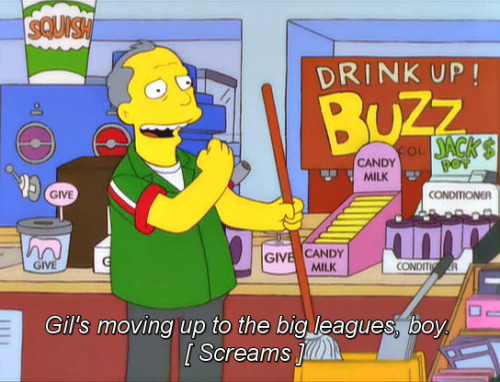In 2012, as a student, I signed up as a human guinea pig for a neuro feedback experiment at the Danish Technical University, where 'we will study the effect of a neuro feedback by training the power in the upper alpha frequency band'. Over 5 days of one hour training sessions, I sat each morning in a dark, soundproofed room and looked at a bright laptop screen displaying small block patterns. It looked like a slow motion version of Tetris in zero gravity. A wireless apparatus was placed on my head which contained sensors and these were reading levels from the upper alpha frequency band of my brain. The aim, as far as I was concerned, was to focus on the patterns and concentrate on thoughts which affected the blocks and changed their colour from blue to red. I found this very difficult and various thoughts on different topics, including eating food, playing sport, playing music, playing sex etc. resulted in inconsistent developments on the screen. A pre- and post-training comparison involved some visual problem solving and the thesis student I was working for hoped to show that cognitive ability can be improved with 'brain-training'. I, it seemed, had done worse as the week went on...but my low brain activity is not the focus of this article. Here, I will review some evolving technologies relating to big data including biosensors which can use your brain signals to operate electronics, online shopping websites which will deliver goods before you make an order and contact lens that can read your sugar levels.
Neurowear
In November 2013, I attended a lecture at CPH:DOX called
'Emotional Interface: Bridging the Gap between Physical and Digital' given by Tomonori Kagaya, founder of Neurowear at the
Danish National Gallery. His group are developing
commercialised neuro headsets including the award winning 'Necomimi', 'Neurocam', 'Zen tunes' and other electronic devices which sense changing frequency patterns in the brain to activate different gadgets. An interesting example is the
'Neurocam', which consists of a headset and camera. When we look at different things, our brain reacts; when we look at things we like, our brain will emit signals which are picked up by the sensor. As we walk down the street, the camera is activated when signals are emitted and then at the end of the day, you can look back over the images and be reminded of your exciting day. This gadget is tapping into the signals that we are sub-consciously emitting. If we bring that concept one step further, we could be seeing wireless sensors in the future that can sense changes in the signals emitted by our brains. Just like the evolution in broadband which saw WIFI replace the need for a physical cable connection, these gadgets will evolve to the point where sensors in our smart phones or other devices can read our brain patterns and a new big data source is born.
Smart bio-sensor contact lenses
Recently, Google[x] labs
released news about the development of a smart contact lens that can be worn by diabetics and could mean the end of pin-prick glucose level tests. This smart lens contains a micro-chip and glucose sensor which monitors sugar levels by taking readings from tear droplets and transmitting the data wirelessly to a nearby receiver. Another example of a smart contact lens currently in development is one which will allow
doctors manage glaucoma, the second major cause of blindness in the world. The sensors in this lens can read the pressure within the eye and if the pressure gets too high (a symptom of glaucoma), doctors can be warned in advance and carry out corrective procedures. As the components in these devices get smaller, cheaper, more flexible and sensitive, they will become more advanced and begin collecting further information about our bodies to add to the big data machine.
Buy before you try
Amazon have been developing a lean logistics delivery model called 'anticipatory shipping' which will use the consumer data they collect, including past buys, your 'likes' and even where you click your mouse on their website (
mouse tracking), to predict future purchases. The
patent for this process has been in development since 2012 and the system would work by sending out anticipated orders to unspecified addresses in the hope that purchases of that same product would be made while in transit. Then, in transit, a specific address would be given to the parcel and it would be delivered to the consumer in what would seem to be a very short period of time. If Amazon's algorithms improve further to take into account user trends, demographics, shipping costs and developing sources of big data, we could watch and enjoy a trailer of some newly released DVD, and 30 minutes later, it is in our hands.
Big decisions
 |
| Big data knows best? |
The above technologies are described very basically to support
my previous comments on big data and the future of how we make decisions. As further technologies emerge such as neuro headsets and smart biosensors, and algorithms continue to churn through the data collected by these devices, predictions made about our needs will be closer to the truth. As scientists and engineers continue to unearth more about how and why we make decisions, how could big data be used to satisfy our needs? As the feedback from our bodies and minds supplement any big data decisions made, we could be certain that big data is making the correct decisions for us but might we begin to rely on big data and other supporting technologies to the point that 'Big Data knows best?

































